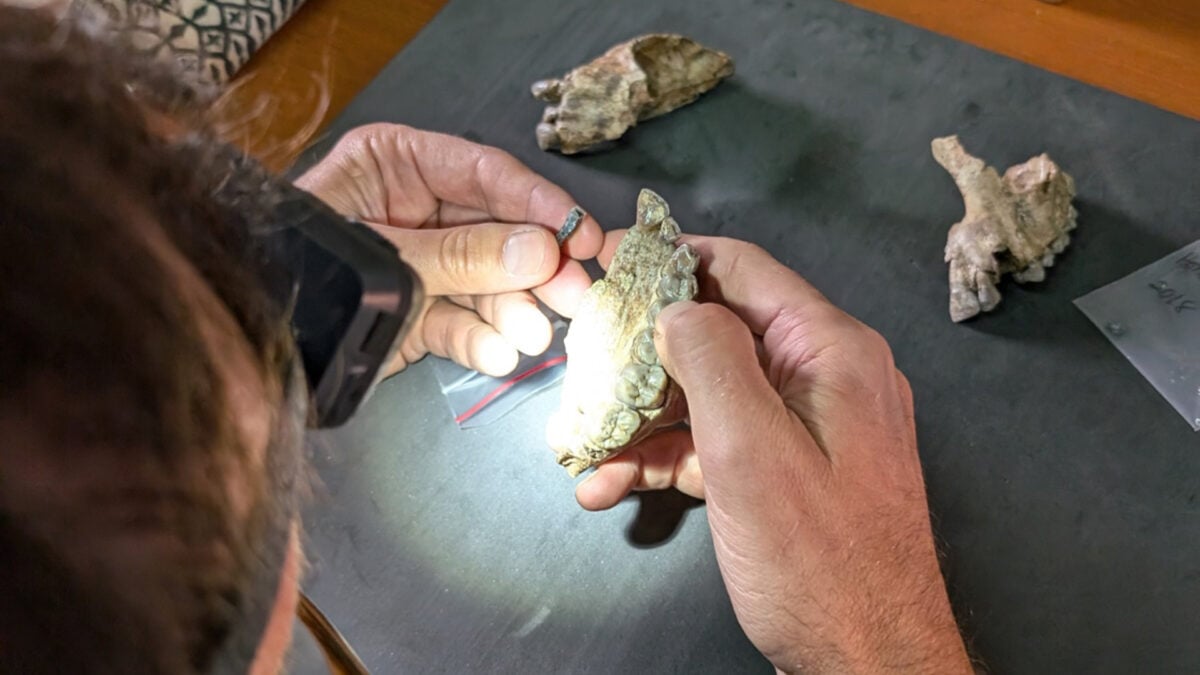Surge in Pancreatic Issues Associated with Weight-Loss Medications Triggers Inquiry

Ozempic and similar GLP-1 drugs seem to be hurting some people’s pancreas. UK health officials are planning to study the link between GLP-1 use and acute pancreatitis, following an increase in reported cases this year.
The Guardian reported Tuesday that the UK’s Medicines and Healthcare Products Regulatory Agency (MHRA) is launching an investigation into pancreatitis associated with the drug class. Hundreds of residents have complained about pancreas problems after taking semaglutide or other recently approved GLP-1s, with many cases documented in 2025 alone. The MHRA will try to determine if some people are genetically vulnerable to this side effect.
Newer GLP-1 drugs like semaglutide have revolutionized obesity treatment. Compared to diet and exercise alone, these drugs are much more effective at helping people lose weight. But all drugs have their risks, and GLP-1s are no exception. Common side effects include constipation, nausea, and vomiting, for instance.
Some research has also indicated that GLP-1 can raise the risk of acute pancreatitis, or inflammation of the pancreas. And in fact, pancreatitis is listed as an “uncommon” reaction on GLP-1 product labeling. The pancreas is a gland behind the stomach that produces enzymes and hormones important to digestion and metabolism, including insulin. Acute pancreatitis commonly causes severe stomach pain, though most cases resolve on their own within a week. The condition is known to cause severe, even life-threatening complications, including organ failure, but only very rarely.
One way that regulatory agencies monitor the safety of drugs post-approval is through systems where patients and doctors can voluntarily report adverse events possibly related to a drug or medical device. In the UK, this system is called the Yellow Card scheme. According to the MHRA, almost 400 people in the country have reported acute pancreatitis after they started taking semaglutide, liraglutide, or tirzepatide (the latest approved GLP-1 drug). More than a quarter of these cases were reported this year, and roughly half were tied to tirzepatide.
“Alongside increased usage, we are seeing an upturn in the number of Yellow Card reports mentioning GLP-1 medicines and acute pancreatitis,” an MHRA spokesperson told the Guardian.
The MHRA is now hoping to conduct an in-depth analysis of the link between pancreatitis and GLP-1 use. They’re encouraging GLP-1 users hospitalized with pancreatitis to report their cases to the Yellow Card Scheme, and to take part in their Yellow Card Biobank study. This study is intended to root out currently unknown genetic factors that might increase the risk of side effects from certain medications—a list that now includes GLP-1 drugs.
“Sometimes genes can influence the side-effects an individual experiences when taking a medicine, so in the context of the increasing usage of these medicines and the reports of acute pancreatitis we have received, we are exploring this further,” the MHRA said.
Some studies have failed to show an increased risk of pancreatitis linked to GLP-1 use, at least among some population groups. Pancreatitis can also be indirectly caused by weight loss in general, since weight loss, especially if rapid, can lead to the formation of gallstones, a common contributor to acute pancreatitis. Studies have failed to find evidence that GLP-1 use can cause pancreatic cancer, a possible complication of pancreatitis, so there’s still some uncertainty about the exact nature of harm that GLP-1s can cause to the pancreas.
Hopefully, the MHRA’s study will provide some needed insight on this possible side effect, including whether some people are more at risk for it than others.









